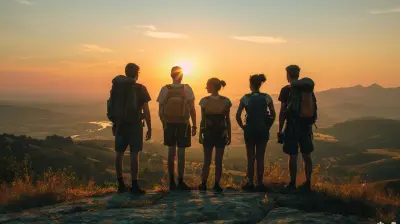Journey Through the Senses: Experiencing Festivals With Local Flavor
1 August 2025
Imagine walking down a cobbled street, your ears buzzing with drumbeats, the scent of sizzling street food making you linger, colors swirling before your eyes, and the laughter of strangers becoming music to your soul. That, my friend, is what it feels like to dive into a local festival—a rollercoaster for the senses.
In a world hellbent on digital everything, festivals offer something rare: human connection rooted in tradition, culture, and flavor. They’re not just about celebration. They’re about immersion. About stepping into someone else's world—one plate of food, one dance, one heartbeat at a time.
So, buckle up. We’re about to embark on a sensory journey that goes way beyond your standard tourist checklist. Forget the monuments and museums for a moment. If you want to truly feel the soul of a place, its festivals are where you start.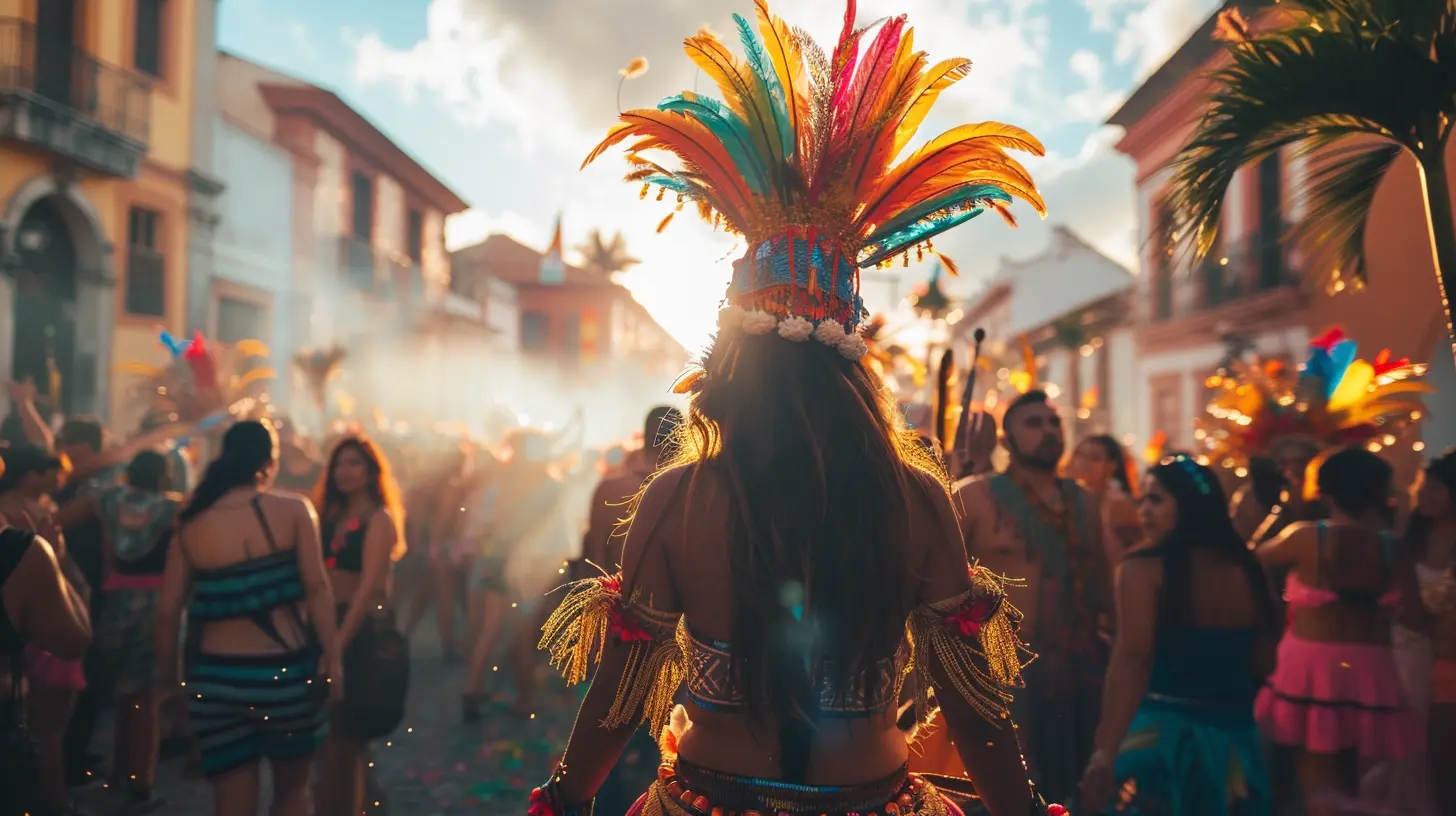
Taste: The Soul of Celebration Is Served on a Plate
Let’s kick things off with taste—because let’s be honest, isn’t food everyone’s favorite part?Street Eats and Sacred Treats
Whether it's spicy curries at Diwali in India or the smoky barbecues during Texas's Juneteenth celebrations, food is always the star of the festival table. This isn’t your average restaurant fare. This is grandma’s recipe proudly passed down and served to strangers with a smile.Take Spain’s La Tomatina, for example. Sure, it’s known for its tomato-throwing madness, but stick around after the chaos, and you’ll feast on paella that’ll make you weep with joy. Or swing by Thailand during Songkran—you’ll be drenched in water and greeted with plates of mango sticky rice that balance sweet, salty, and coconut perfection.
Cooking Up Connection
Eating at a festival is like having a conversation without words. Each bite tells you something about the land, its people, and their history. You stop being a tourist and start being a guest.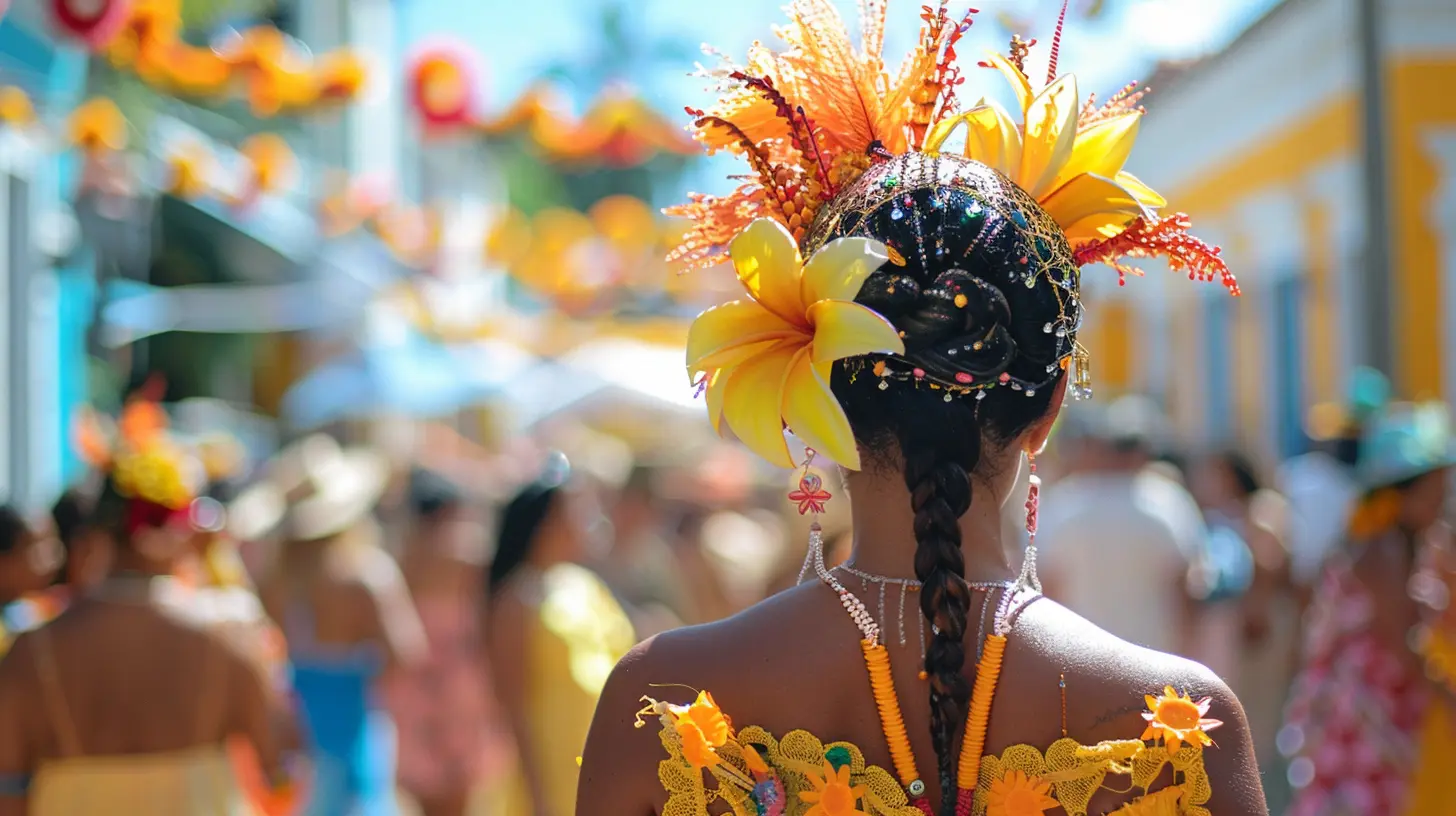
Smell: The Invisible Thread That Ties You to a Place
Smells. They hit you before you even realize it—sizzling spices, incense smoke, blooming flowers... suddenly, you’re grounded in a moment you’ll never forget.Scents That Tell Stories
In Morocco’s Fes Festival of World Sacred Music, the air is thick with frankincense and orange blossom. It’s hypnotic. Walk down a souk during the celebration, and you'll understand how deeply smell is woven into both spiritual and everyday life.Over in Japan, during the spring Hanami festivals, the scent of cherry blossoms (sakura) fills the air. It's light, airy, and somehow nostalgic—even if it’s your first time experiencing it. Locals picnic under the flowers with bento boxes and sake, and for a moment, time slows down.
Memory Triggers
Smell is powerful. It turns fleeting moments into etched memories. Years later, a whiff of cinnamon might take you back to a Christmas market in Prague, or roasted chestnuts might transport you to the streets of Rome in December.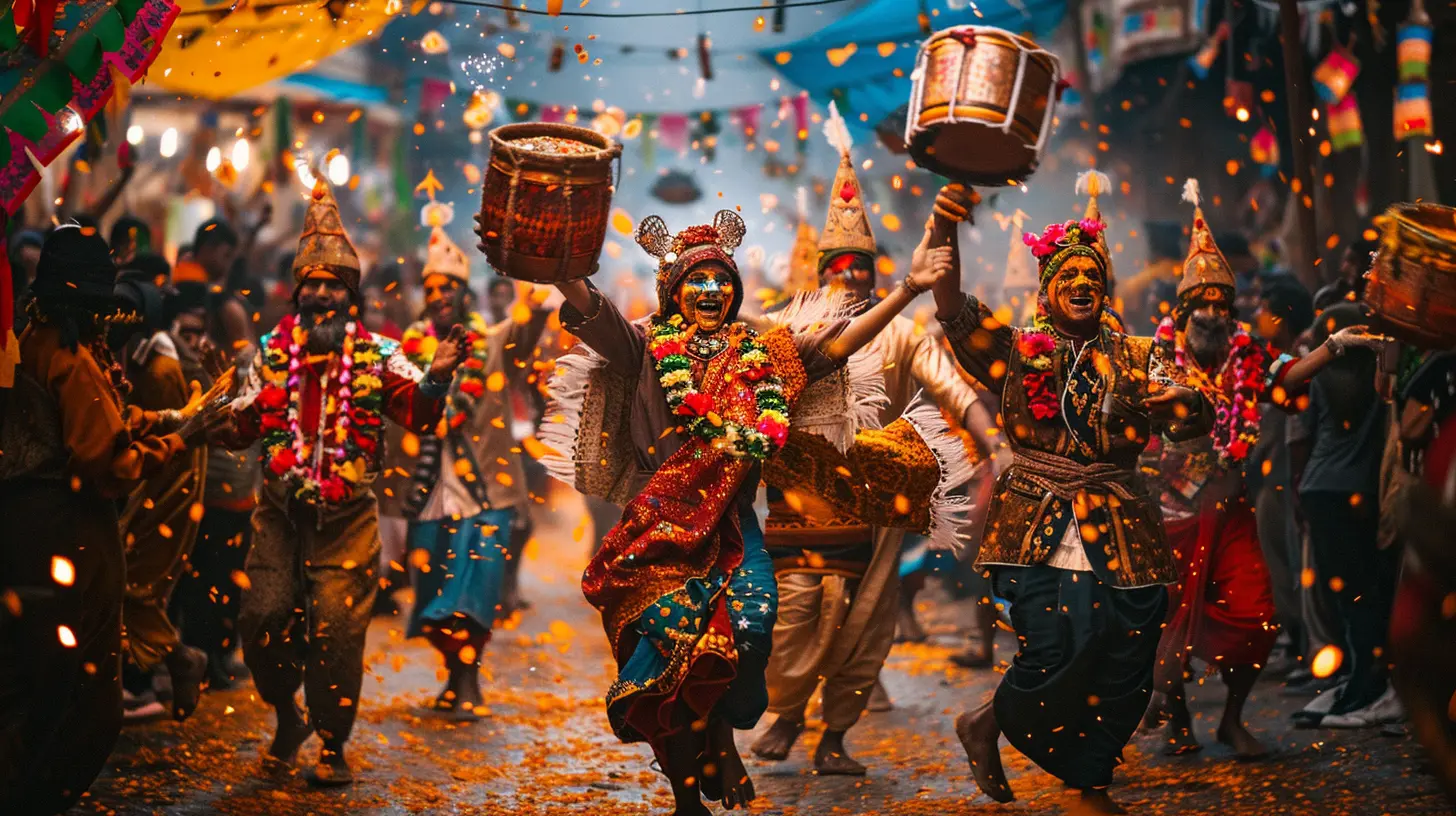
Sound: When Music and Emotions Collide
Can you truly know a place without hearing its rhythm? Doubtful.Beats That Speak Louder Than Words
Festivals pulse with sound—from chants and hymns to modern beats and banging drums. It’s not just music. It’s emotion. It’s a heartbeat you feel in your chest.Rio Carnival? Syncopated samba rhythms, whistles, and cheers flood the air. It’s chaotic and glorious. Meanwhile, at Glastonbury in the UK, the festival is a medley of acoustic, electric, and everything in between. Music crosses cultural borders, and suddenly everyone’s dancing together—even if they’ve never met before.
Sacred Sounds
Not all festival sounds are wild and loud. Some are haunting in their reverence. Like the low hums of monks during Bhutan’s Thimphu Tsechu. It’s meditative, echoing through mountain valleys, slowing your breath. That sound? It stays with you.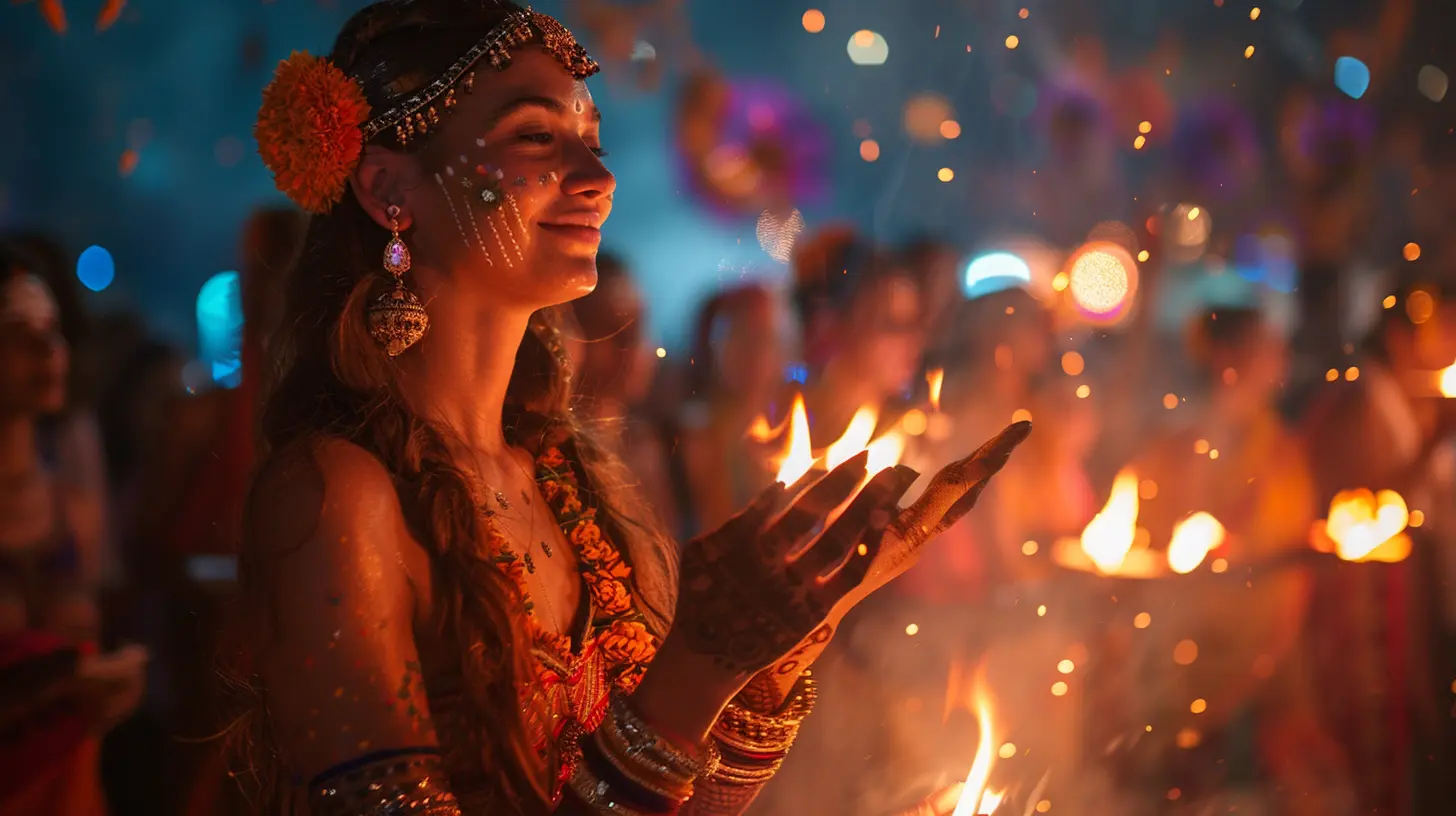
Sight: A Kaleidoscope of Culture in Motion
If festivals had a visual identity, it’d be one of explosion—of color, texture, movement, and sheer joy.Visual Spectacles
Ever seen the Holi festival in India? It’s not just color—it’s a joyful riot. People throw powdered pigments into the air (and at each other), turning streets into canvases. Clothes, skin, hair—nothing escapes. It’s the ultimate color therapy.Then there's the Lantern Festival in Taiwan. Thousands of paper lanterns take to the sky, like floating stars carrying wishes. It’s quiet, almost sacred. And deeply moving.
Traditional Dress and Symbolism
Festivals are also a showcase of tradition. Locals often wear their finest, most symbolic clothing—from elaborately embroidered hanboks in Korea to feathered regalia during Native American powwows. Each outfit tells a story, and you begin to realize: culture isn’t static—it’s worn, danced, and lived.Touch: The Unspoken Language of Experience
This one’s subtle. But just as powerful.Hands-On Connection
Touch is everywhere. The chalky feel of Holi powder, the grip of a stranger’s hand as you dance in a circle in Greece, the silk of traditional garments as you’re invited to try one on.And then there’s the tactile joy of crafting—many festivals involve hands-on traditions. Carving masks in Bali, weaving flower garlands in Hawaii, or learning to tie a proper kimono in Japan. You’re not just watching—you’re part of it.
Body Language and Hospitality
Even when you don’t speak the language, touch and gesture carry meaning. A hand over the heart, a nod, a bow—it’s the universal way to say, “Welcome. We’re glad you’re here.”Why Local Flavor Matters
Let’s get real for a second. It’s easy to skim through another city, ticking off landmarks and eating generic tourist food. But when you attend a local festival, something shifts. You’re not just seeing the culture—you’re living it.Authenticity Over Aesthetic
Sure, festivals make for great Instagram content. But more importantly, they teach you things guidebooks never could. They show you what matters to a community—its heroes, fears, joys, and hopes. They peel back the curtain and let you peek in.Off-the-Beaten-Path Perks
You also end up in places you never planned to go. Maybe it’s a remote village three hours from the main city, or a little-known beach town throwing its annual seafood fest. These sidetracks often become the highlight of your trip.Responsible Tourism
Participating in local festivals—when done respectfully—also supports communities directly. You’re putting money into local hands, and in return, getting an experience no luxury hotel could offer.Tips for Festival-Hopping Travelers
Ready to book your ticket? Before you jump in, a few friendly reminders:- Do Your Homework: Each festival has its own vibe. Some are sacred, some are wild, some are both. Understand the do’s and don’ts.
- Be Respectful: You're a guest. Dress appropriately. Follow local customs. Ask before taking photos.
- Pack Smart: Bring comfy shoes, weather-appropriate gear, and an open mind.
- Go With the Flow: Things may not go as planned—and that’s part of the magic.
- Talk to Locals: They know the real stories. Skip the brochure and ask a vendor, performer, or host what the festival means to them.
Final Thoughts: A Feast for the Soul
Festivals are more than just events. They’re living, breathing expressions of identity. They engage every part of you—mind, body, and spirit. When you attend one, you're not just observing culture. You're tasting it, smelling it, hearing it, seeing it, and touching it.And that? That’s where true travel begins.
So next time you plan a trip, look up the local festivals. Align your dates. Pack light, pack curious, and show up hungry—for flavors, for stories, for connection. Let the world come alive through your senses.
Because the best journeys? They don’t just go across countries. They go deep into the heart of humanity.
all images in this post were generated using AI tools
Category:
Cultural FestivalsAuthor:

Winona Newman
Discussion
rate this article
2 comments
Remi Warren
Thank you for capturing the magic of local festivals! Your vivid descriptions transported me there, igniting my desire to explore and embrace new cultures.
October 27, 2025 at 3:31 PM

Winona Newman
Thank you so much! I'm thrilled my words inspired you to explore and embrace new cultures. Happy travels!
Zyana McRae
Oh great, because who doesn’t love crowds and overpriced snacks?
August 6, 2025 at 4:16 AM

Winona Newman
I get where you're coming from! Festivals can be crowded, but the unique experiences and local flavors often make it worthwhile.
